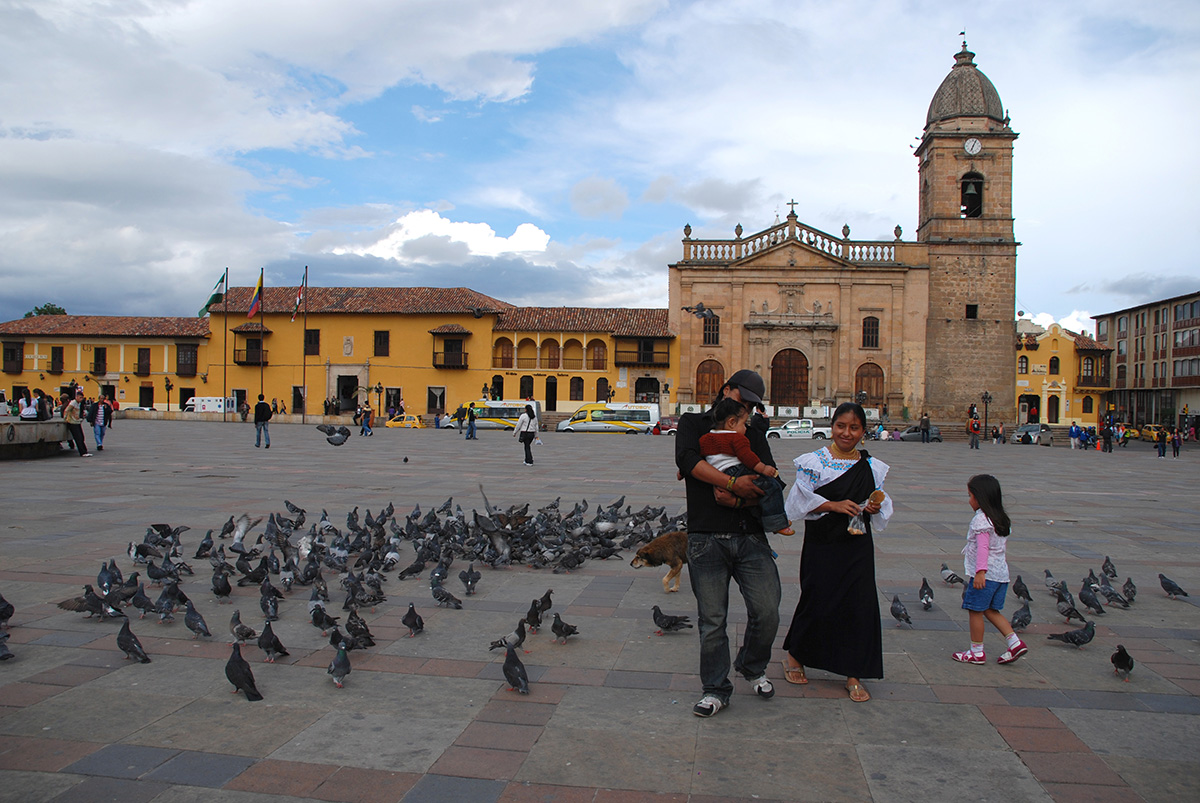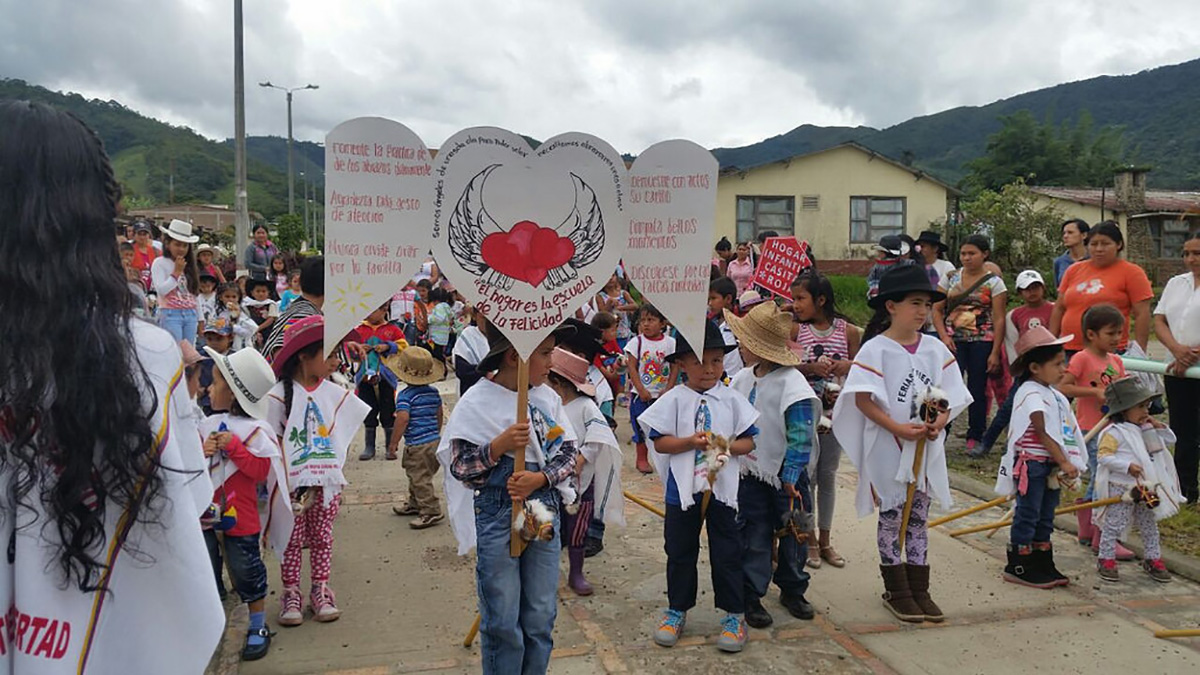The Sanfilippo syndrome also known as mucopolysaccharidosis III (MPS-III) impacts children in different manners. Babies generally do not show signals of the disease but the symptoms begin to appear after two years of age. First, there is a specific disorder of the expressive language, then hyperactivity accompanied by behavior and sleep alterations and finally a neurological regression where children suffer from dementia, fall into bed and eventually die.
In developing extension activities and working with the community a group of UNal Human Genetics master"s candidates discovered a patient with this syndrome in the city of Tunja. After performing a follow-up of her lineage they discovered that this was not a small group but a probable genetic grouping.
There are no data on the real incidence of Type C Sanfilippo syndrome in Colombia, although a research project in 2012 discovered that incidence was 0.17 for every 100,000 inhabitants. However, the result of this study shows that in this region the frequency can reach up to 1 case for every 200 inhabitants. After clinical studies, they also discovered that the HGSNAT gene had a mutation not described before in scientific literature.
"We observed that there had been a homozygote type alteration, in other words, two parts (one received from the father and the other from the mother) showed the same alteration," said UNal Institute of Genetics Professor Harvey Mauricio Velasco.
Currently, the group is performing a research project to identify the source and dynamic of the mutation. For now, they know that endogamy increased the amount of carriers of the disease.
For the Sanfilippo syndrome the carrier status is 0.64% in the world general population, but in this rural district, it rises to 35%, significantly increasing the likelihood of suffering from this disease. In fact, it is possible that this is largest community in the world with the disease. Currently, the affected are between 3 and 16 years of age and the latest patient to pass away was only 19.
Severe in Colombians
For the study, a group of specialists visited the rural district, gathered clinical information and carried out biochemical tests to become cognizant of the type of mucopolysaccharidosis they suffered; then they carried out molecular studies with the purpose of identifying the mutation of the gene.
The researchers also compared data of Colombian patients with reports of patients in other parts of the world such as Spain and the Netherlands. The analyses showed that the disease was particularly severe in Colombian patients.
Due to consanguinity, it is probable that there are modifying genes that boost the effects of the disease. For instance, people die and develop dementia at younger ages.
To advance in the research, UNal is performing a joint project with the Universidade Federal de Pará (Brazil) to discover the founding effect of the syndrome and the age of emergence of the mutation in our population. Furthermore, they hope to create a proof of concept to determine if it is possible to employ a drug used for other diseases to treat this type of mucopolysaccharidosis.
Genetic mutation
People with the genetic disease have a defect in an enzyme to break down the chain of mucopolysaccharides. When the body lacks this enzyme it loses its capability to break down a glycosaminoglycan (heparan sulfate) which can be very toxic to the central nervous system and cause a neurodegeneration in these types of patients.
Up to now, they have discovered four types of Sanfilippo syndromes. The UNal group worked on type III and subtype C, which is characterized by the alteration of the HGSNAT gene.
According to Velasco, during the first stage children have almost normal motor development but with early retardation in language acquisition.
The second stage is characterized by impulsive and a self-aggression attitude which leads to progressive deterioration; in the first five years, it can end in autistic behavior.
Between the ages of six and ten children tend to become self-absorbed reinforcing the alteration of their behavior with high levels of inattention. After this age, they begin a regressive stage where the loose contact with the environment and enter into dementia. Later they have difficulty moving and their fine and gross motor capabilities decline. Convulsive crises are more frequent and some also develop dysphagia (difficulty swallowing.)
Read the article in its entirety in Spanish at UN Periódico
 Correo Electrónico
Correo Electrónico
 DNINFOA - SIA
DNINFOA - SIA
 Bibliotecas
Bibliotecas
 Convocatorias
Convocatorias
 Identidad UNAL
Identidad UNAL







